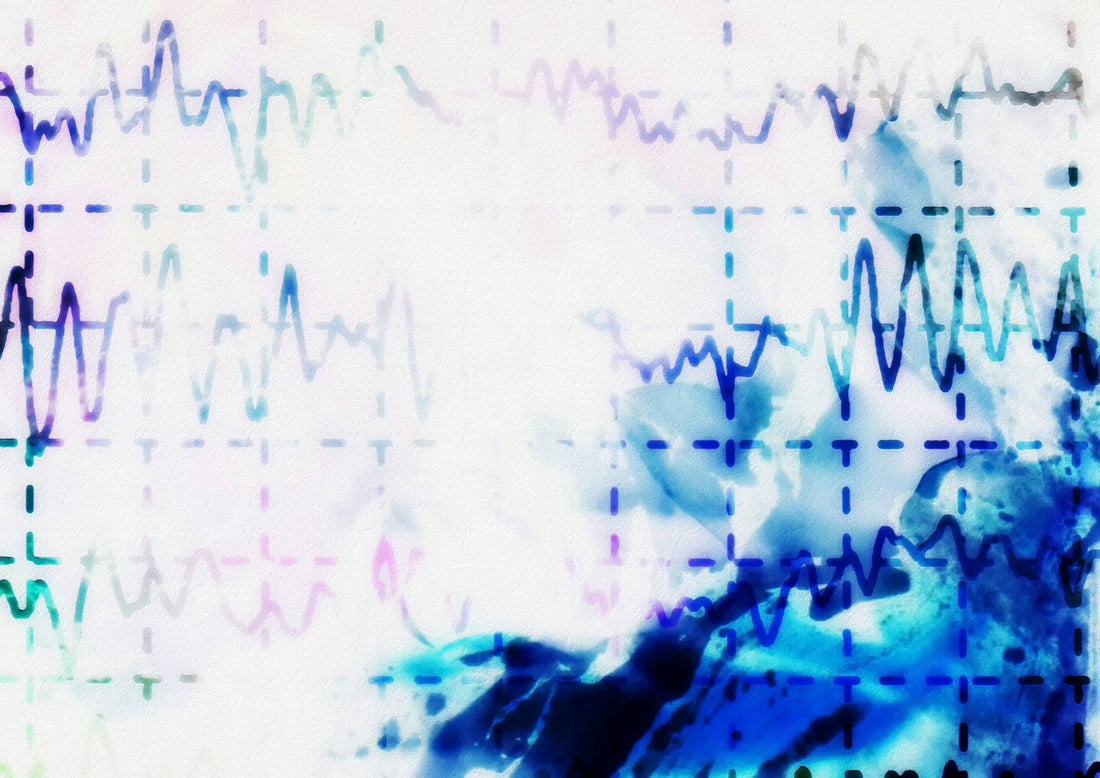Almost everyone now knows
how important sleep is to our health and overall well-being. If we miss out on sleep, our bodies let us know with a variety of signs and symptoms. Sleep deprivation can cause irritability, loss of motor skills, and even some serious medical conditions, such as diabetes and obesity.
Scientists have discovered that sleep-related health issues can result not only from complete lack of sleep, but also the interference of the five stages of sleep. Learning about these stages and what happens during each one can help people get the best night of sleep possible.
It’s been discovered that there are actually two distinct types of sleep – rapid eye movement (REM) sleep and non-REM sleep, which is broken down into the first four stages of sleep.
Stage 1: Non-REM Sleep
This sleep stage happens in the time after we first lay down each night. Eye movement slows down behind closed eyelids, and the rest of the body ceases to move almost at all. In this stage, sleepers can be easily awakened by noises or other disturbances.
Stage 2: Non-REM Sleep
Once in this stage, we are fully asleep, and can’t be disturbed as easily. The heart rate and body temperature of sleepers slows and breathing becomes more regulated. Eye movement becomes almost non-existent and brain waves decrease significantly, although there can still be some bursts of minimal brain activity.
Stage 3: Non-REM Sleep
Sleepers are now in a state of deep sleep, with muscles totally relaxed and breathing slowed. It’s very difficult to wake a sleeper from this stage of sleep, and there is less spontaneous and sporadic brain wave activity.
Stage 4: Non-REM Sleep
This is the deepest stage of sleep, and it’s still very difficult to wake a sleeper. Brain activity slows even further, and scientists also believe that this is when hormones may be released to assist in the growth development of children and adolescents.
Stage 5: REM Sleep
This is the stage of sleep where dreaming takes place, and it occurs anywhere from ninety minutes to an hour and a half into a sleep session. The eyes begin to move rapidly underneath closed eyelids, and breathing becomes shallow and irregular. Sleepers heart rates and blood pressure go up, while arms and legs go through a temporary paralysis to prevent any “acting out” of dreams that occur during this stage.
This stage is considered to be the most important of all, as it is believed that dreaming stimulates the learning and memory centers of the brain. It is when REM sleep is disrupted that sleepers can experience the health concerns that have been linked with sleep deprivation.
Sleep Stages Throughout the Night
All five stages of sleep continue in a cycle throughout the night, although the duration of each stage changes each time, with Stages 3 and 4 becoming shorter with each cycle.
Sleep and health experts recommend adults get at least eight hours of sleep within a twenty-four-hour period to help prevent sleep deprivation and its associated health concerns. Children should get closer to ten hours of sleep per night, in order to assist them in their growth and development.

